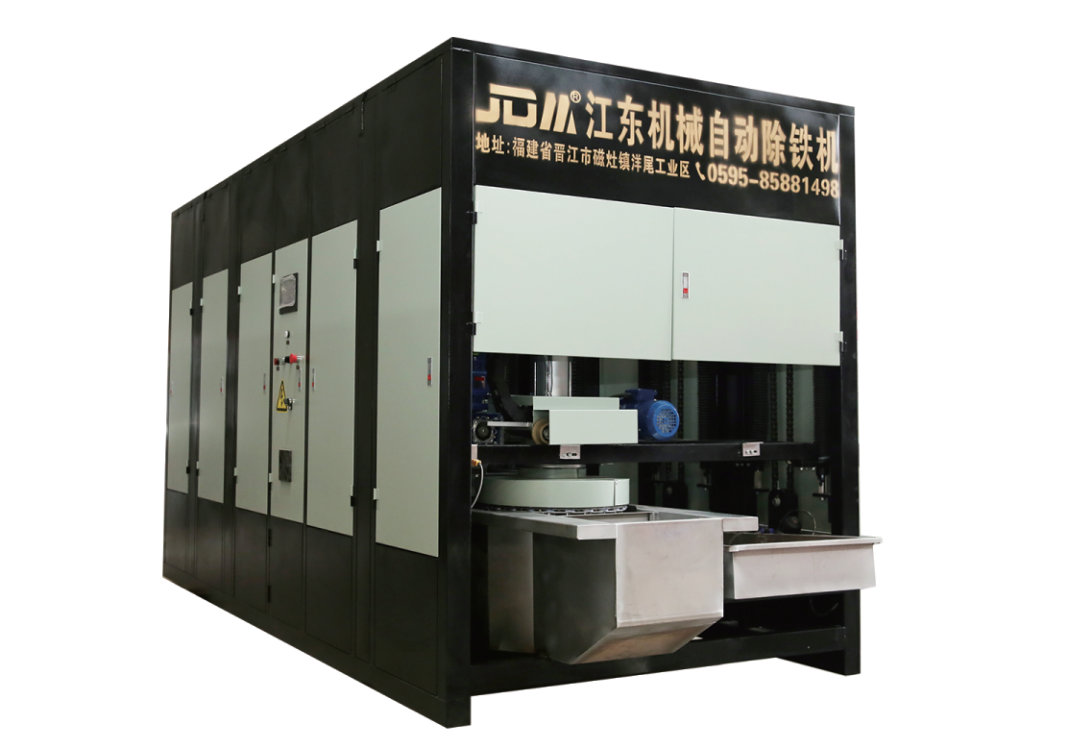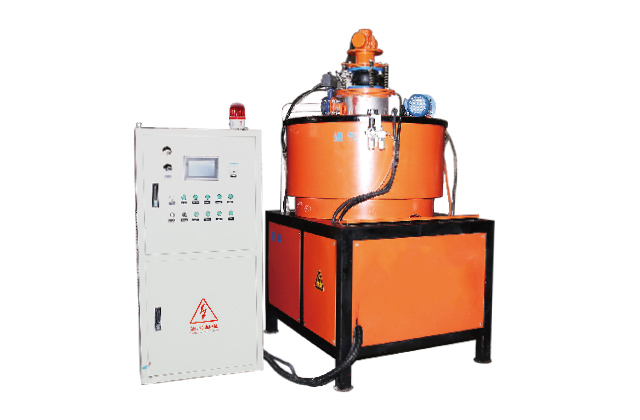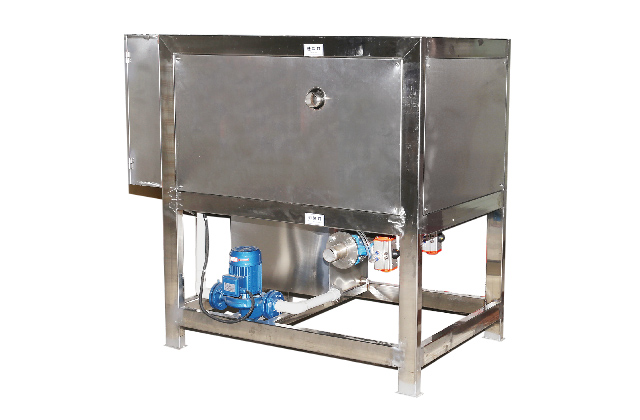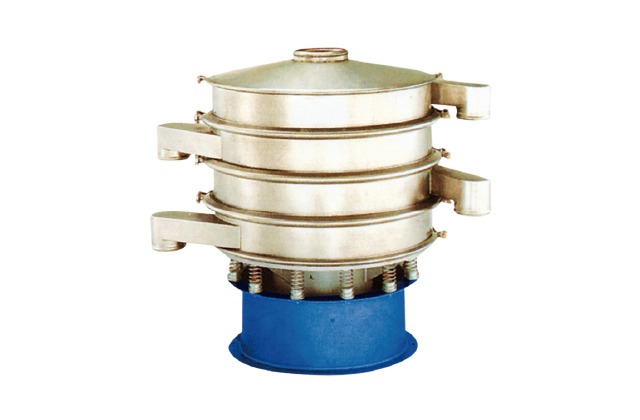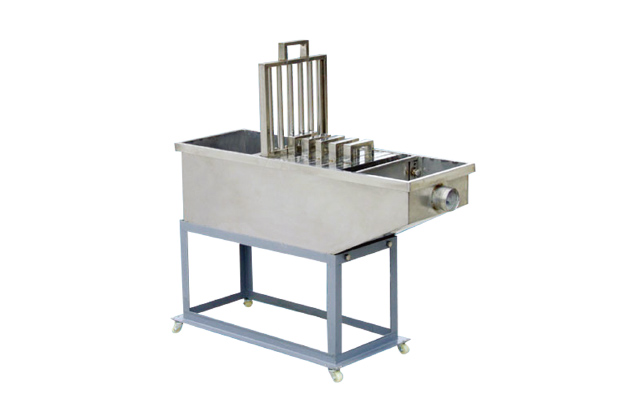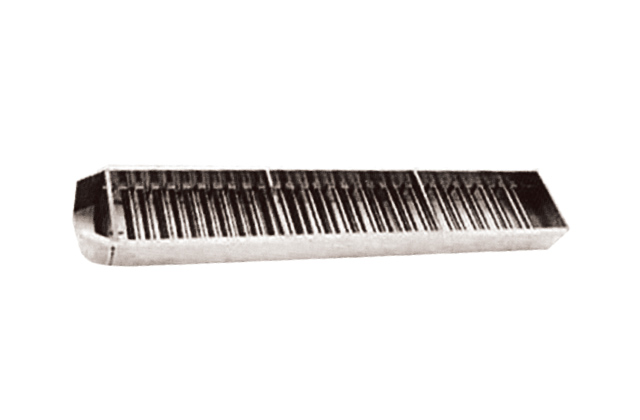September 3, 2025
How Can I Remove Iron from My Well Water?
Understanding the Problem of Iron in Well Water
Iron in well water is a common issue faced by many homeowners, especially those living in rural areas. While iron is naturally occurring and generally harmless, it can cause a range of problems, from unpleasant odors and tastes to unsightly stains on clothing and fixtures. If you’re wondering how to remove iron from well water, you’re not alone. This article will guide you through the process, helping you understand the causes, effects, and most importantly, the solutions to this issue.
Why Is Iron in Well Water a Concern?
Before diving into the removal methods, it’s essential to understand why iron in well water is a concern. Iron can exist in water in two primary forms: dissolved (ferrous) and particulate (ferric). Dissolved iron is invisible but can oxidize when exposed to air, turning into ferric iron, which is visible as a reddish-brown sediment. This transformation can lead to:
- Discoloration of water
- Stains on laundry, sinks, and toilets
- Unpleasant metallic taste and odor
- Clogged pipes and appliances
Moreover, excessive iron in water can also foster the growth of iron bacteria, which thrive in iron-rich environments. These bacteria don’t directly harm humans but can cause foul odors and further complicate the issue.
How to Remove Iron from Well Water: Effective Solutions
Fortunately, there are several effective methods to remove iron from well water. The best approach for your situation will depend on the concentration of iron, the form it’s in, and your specific needs. Let’s explore the most common solutions:
1. Oxidation and Filtration
Oxidation is a straightforward method that converts dissolved iron into particulate iron, which can then be filtered out. This process can be achieved using oxidizing agents like chlorine or ozone. Once the iron is oxidized, a sediment filter or iron filter can remove the particulate matter. This method is effective for both ferrous and ferric iron.
2. Ion Exchange Systems
Ion exchange systems are another popular solution for removing iron from well water. These systems work by exchanging iron ions for sodium or potassium ions. While they are highly effective, they require regular maintenance, as the resin beads in the system need to be recharged periodically. It’s important to note that ion exchange systems are better suited for removing dissolved iron rather than particulate iron.
3. Reverse Osmosis (RO) Systems
Reverse osmosis is a powerful filtration method that forces water through a semi-permeable membrane, removing impurities, including iron. RO systems are particularly effective for removing dissolved iron and can be installed either at the point of use (under the sink) or for the entire home. However, they may require additional pre-filtration to handle high levels of particulate iron.
4. Manganese Greensand Filters
Manganese greensand filters are specifically designed to remove iron, manganese, and hydrogen sulfide from well water. These filters use a catalytic material that oxidizes iron and manganese, converting them into particles that can be trapped by the filter media. This method is highly effective and requires minimal maintenance compared to other systems.
5. Chemical Injection Systems
Chemical injection systems involve adding an oxidizing agent, such as chlorine, to the water supply. This causes the dissolved iron to oxidize into particulate iron, which can then be removed using a filter. This method is simple and cost-effective but may not be suitable for very high levels of iron.
Choosing the Right Solution for Your Needs
With so many options available, selecting the right method for removing iron from your well water can be overwhelming. Here are a few factors to consider:
- Iron concentration: If the iron levels in your water are extremely high, you may need a more robust system like a manganese greensand filter or a chemical injection system.
- Water usage: If you’re looking to treat water for the entire house, a whole-house filtration system may be the best choice. For smaller needs, a point-of-use system could suffice.
- Maintenance preferences: Some systems, like ion exchange, require regular maintenance. If you prefer a low-maintenance option, consider an oxidation and filtration system.
Preventative Measures and Maintenance
Once you’ve implemented a method to remove iron from your well water, it’s important to maintain your system regularly. This includes replacing filters, checking for signs of wear and tear, and monitoring water quality. Regular testing can help ensure that your system is functioning effectively and that your water remains safe and clean.
Conclusion: Clean Water Is Just a Step Away
Removing iron from well water may seem like a daunting task, but with the right approach, it’s entirely achievable. Whether you choose oxidation and filtration, ion exchange, or another method, the key is to select a solution that fits your specific needs and lifestyle. By taking action today, you can enjoy clean, fresh, and iron-free water for years to come. So, why wait? Take the first step toward improving your water quality and say goodbye to those pesky iron stains and odors!

